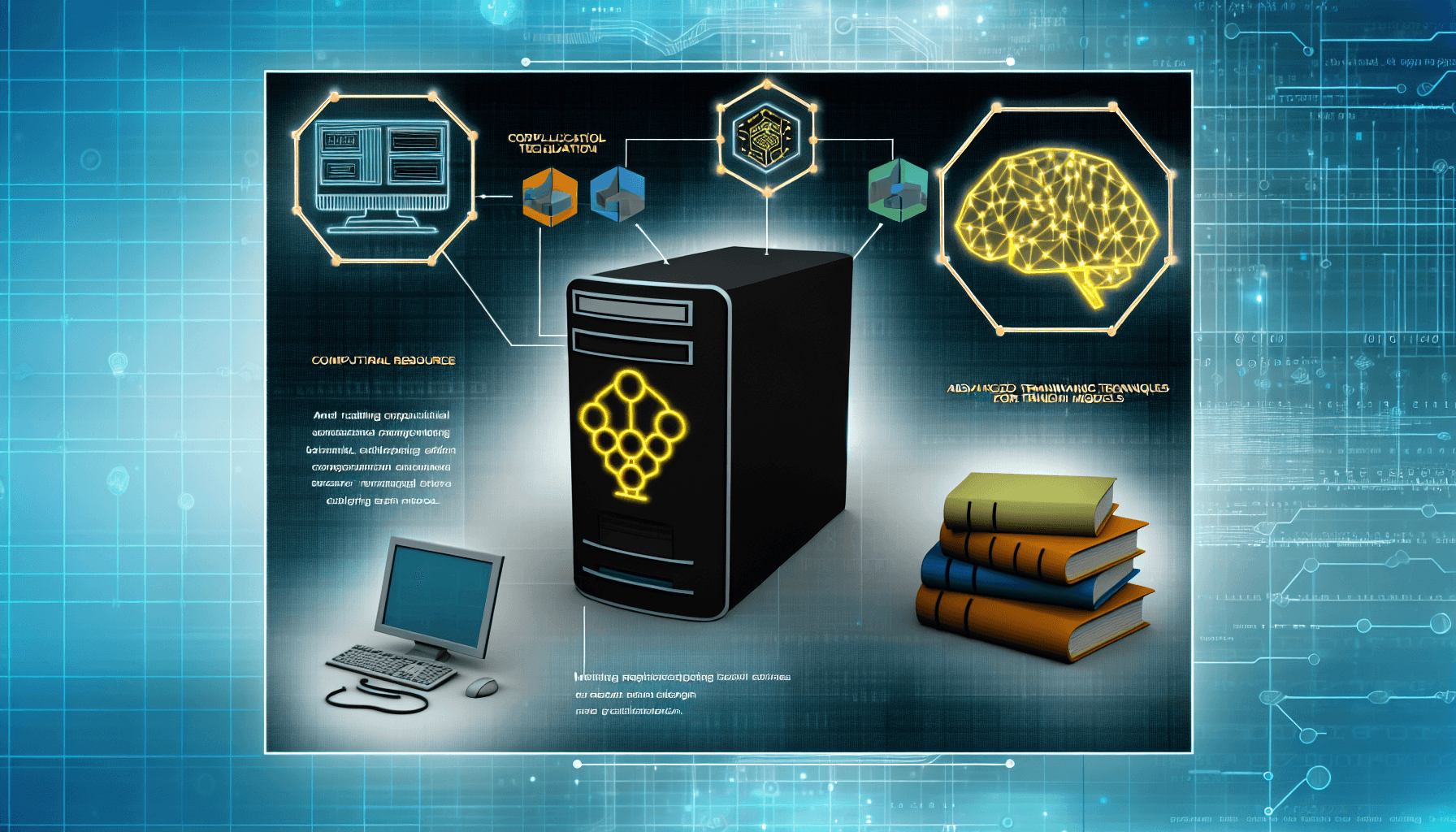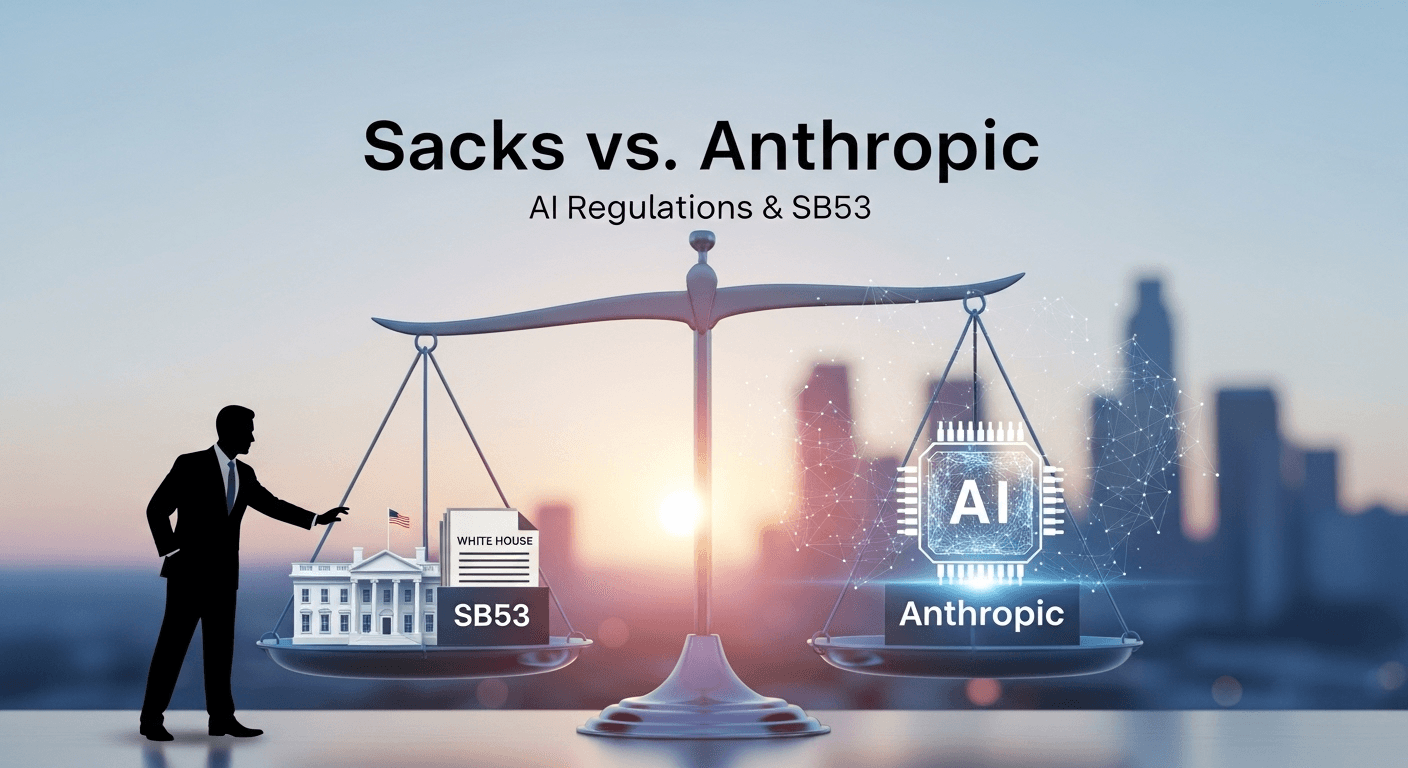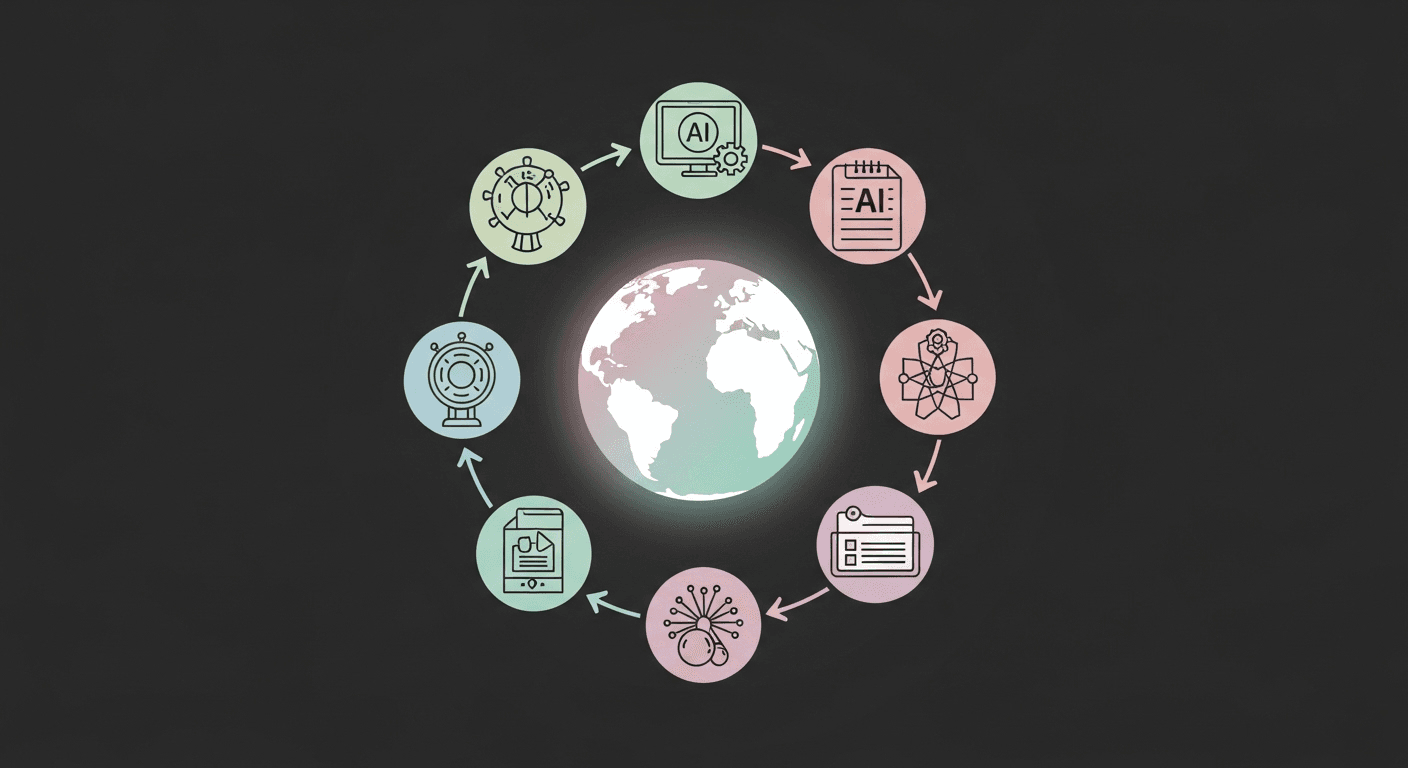Mastering Efficient Training Techniques for Foundation Models

Foundation models have rapidly become a cornerstone in the field of artificial intelligence, serving diverse applications across numerous industries. From natural language processing tasks to complex image recognition, the capabilities of these models are unprecedented. Yet, their training is notoriously resource-intensive. In this blog, we delve into advanced and efficient strategies that streamline the training process of these powerful models, ensuring better performance and lower costs.
Understanding Foundation Models
Before diving into training techniques, it’s crucial to understand what foundation models are. Originally termed by researchers at Stanford University, foundation models refer to a type of large-scale machine learning models that are trained on extensive datasets. These models can be fine-tuned to perform a variety of tasks, thereby serving as a ‘foundation’ for many downstream applications. Examples include BERT for language understanding and GPT for generative text tasks.
Challenges in Training Foundation Models
Despite their versatility, foundation models pose significant challenges, primarily due to their size and complexity. Here are some of the critical challenges:
- Computational Requirements: They require vast amounts of computational power, which can be costly and energy-intensive.
- Data Requirements: Large, diverse datasets are necessary to train these models, which can be difficult to gather and process.
- Maintenance: Continuously updating the model with new data and fine-tuning for various tasks can be daunting.
Streamlining Computational Resources
To address the computational demands of training foundation models, here are several techniques that have proven effective:
Efficient Hardware Utilization
Optimizing hardware utilization is critical for training these models efficiently. Techniques such as distributed training and the use of specialized hardware like TPUs and GPUs can dramatically reduce the time and cost associated with training.
Model Pruning and Quantization
Model pruning and quantization can effectively reduce the model’s size and computational needs without significantly compromising its accuracy. This involves eliminating redundant or non-significant parts of the model and using lower precision to represent the weights.
Advanced Data Handling Strategies
Efficient data handling is crucial for training foundation models. Below are techniques to optimize data handling:
Smart Data Selection
Instead of using the entire dataset, smart data selection involves selectively using data that maximizes learning efficiency. Techniques like active learning help prioritize data that the model learns the most from, reducing unnecessary computational overhead.
Data Augmentation
Augmenting data effectively increases the dataset’s size and diversity without manually collecting more data. For example, in image processing, rotation or zooming can generate multiple views of the same image, enhancing the robustness of the training process.
Implementing Transfer Learning
Transfer learning is a powerful technique for foundation models. It involves taking a model that has been trained on a large dataset and fine-tuning it for specific tasks. This approach not only saves significant computational resources but also shortens the development time.
Multitask Learning
Multitask learning allows the model to learn several tasks simultaneously. This shared learning process improves efficiency and performance across multiple tasks compared to training separate models for each task.
Conclusion
The training of foundation models is a complex and resource-intensive process, but with the right strategies, it is possible to make it significantly more efficient. By optimizing computational resources, employing advanced data handling techniques, and leveraging approaches like transfer learning, organizations can train these powerful models more effectively, reducing both time and cost. As technology advances, further innovations in training methodologies are expected to continue enhancing the efficiency and applicability of foundation models.
Thank You for Reading this Blog and See You Soon! 🙏 👋
Let's connect 🚀
Latest Blogs
Read My Latest Blogs about AI

Sacks vs. Anthropic: The High-Stakes Battle Over AI Regulations, Regulatory Capture, and California’s SB53
White House adviser David Sacks accuses Anthropic of manipulating AI rules. We explore SB53, the regulatory capture debate, and its implications for startups and federal policy.
Read more


